Dr. Fred Shares His Gorilla Doctors Journey
By Gorilla Doctors Staff on Wednesday, February 18th, 2015 in Blog.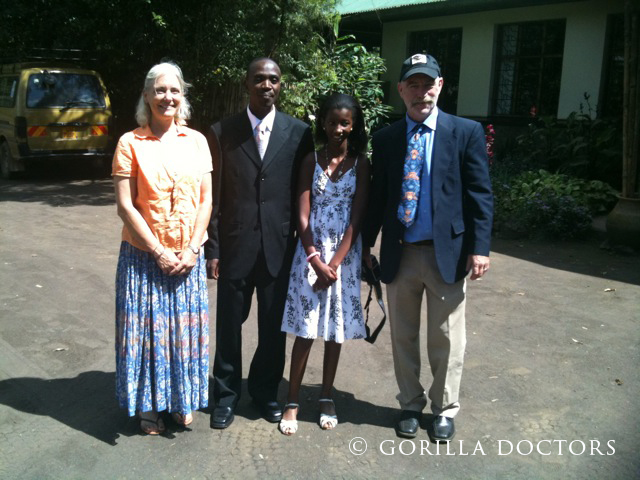
By Michael Morales
When Dr. Fred Nizeyimana was hired as a Field Veterinarian for Gorilla Doctors in Uganda in 2010, it was a full-circle moment.
“For me personally, it was like I got a call back home,” said Dr. Fred. “My training at Makerere University was funded by Gorilla Doctors. I did a small research study about enteric bacteria resistance.”
He partly credits that networking experience for his return to Gorilla Doctors.
“In 2009 I had the chance to meet Gorilla Doctors Director Dr. Mike Cranfield at a great ape health workshop in Entebbe, Uganda,” he said. “I had previously been working with the Chimpanzee Sanctuary in Ngamba Island and was looking for a new challenge. It was quite a coincidence I meet the director of another great ape organization.”
Dr. Fred is quick to point out the difference between his work with chimpanzees and his current daily work with mountain gorillas.
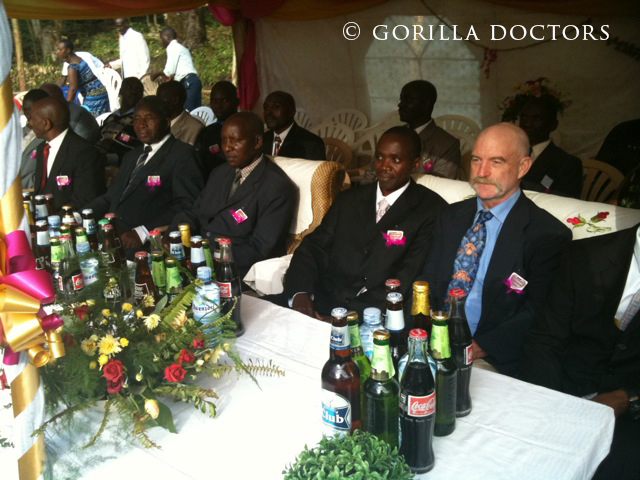
“The chimpanzees were in a semi-captive or captive arrangement and we were concerned with their welfare,” he said. “The mountain gorillas are in the wild, where we focus on health care.”
Dr. Fred and his wife, Florence Busingye Nizeyimana, who married in 2011, have two children: a son, Francis Inshuti, and a daughter Felicia Ineza.
“When I checked the pews of the church, seeing my Gorilla Doctors colleagues was heartwarming,” Dr. Fred said of his special day. “When we go into the forest, we are going to see our other family.”
“I like living simple,” continued Dr. Fred. “I wake up a 5:30am, get my gear on. I have my kits with me in the truck all the time. By 7 a.m., I am with the trackers, the rangers. They have their briefing. There is nothing that delays me, so we get right to the forest. The time it takes to get through the forest depends on the travels of the gorillas. The longest it’s ever taken me to get to the gorilla is six hours, one way. I stayed overnight once, but not because I wanted to stay. I just felt more safe to remain there, because it was late at night.”
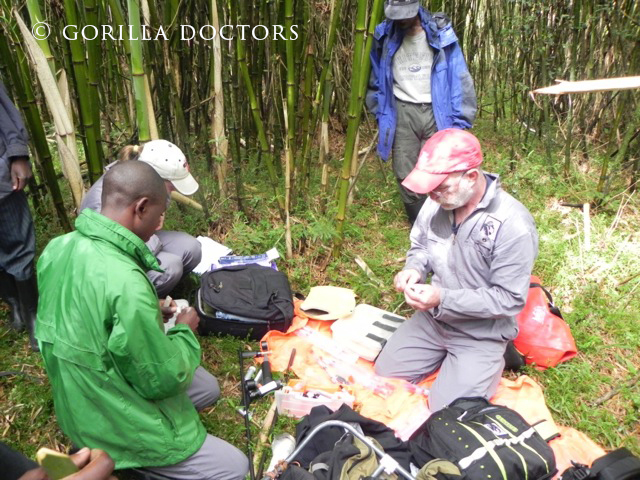
Part of Dr. Fred’s work includes visiting with young kids to teach them about conservation efforts to protect the gorillas.
When explaining the struggles of mountain gorillas to schoolchildren, he takes a basic approach and puts it in terms they can understand. He draws attention to the kids as a group and describes a scenario in which their friends began to disappear one by one with little explanation.
“I see how it saddens them.” Dr. Fred said. “I explain that we have very few mountain gorillas left, so every single one of them counts.”
He also describes the numerous threats that the mountain gorillas face: poaching, setting snares, illegal logging companies and mining companies.
“All of these affect gorilla conservation,” he said. “Those are real dangers to their survival. If we don’t wake up and do something, then they can disappear on us.”
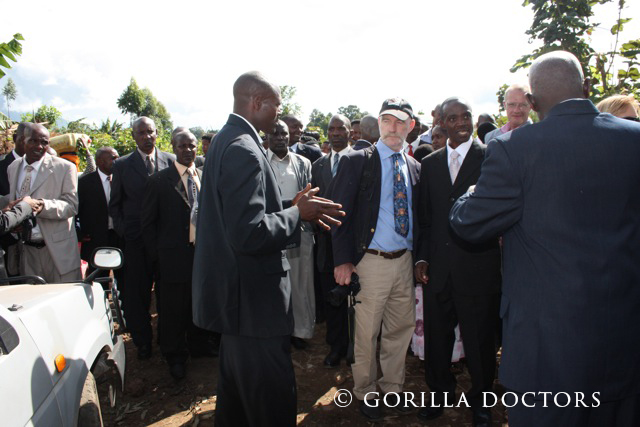
One of Dr. Fred’s most memorable assignments was early on in his career as a Gorilla Doctor. In 2010, in Mgahinga Gorilla National Park, wire snares were wrapped around the leg and neck of a baby gorilla in the Nyakagezi family.
It took multiple attempts to dart the baby gorilla due to its small size. Once the gorilla was successfully darted and sedated, Dr. Fred and his colleagues removed the snares and cared for the snare-related wounds before returning the baby to its family, which had moved about 2.5 km away.
“They were overjoyed, as much as the humans were,” Dr. Fred said. “We carried the baby to them, placed it down at close distance, and the whole family came rushing to see the baby and smell the baby. Even the dominant silverback.”
Baby Nvuyekure was soon nicknamed “Baby Fred.”
“I would pray that Gorilla Doctors receives more funding to increase our on-ground capacity,” Dr. Fred said, acknowledging the importance of donations to the program’s success. “We need more manpower in the future.”
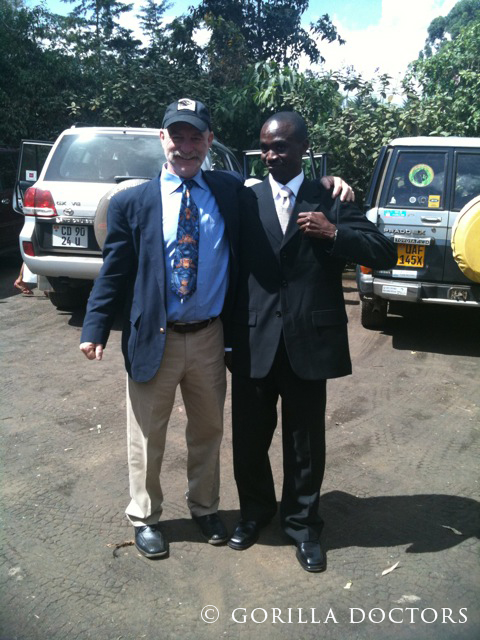


 Donate
Donate